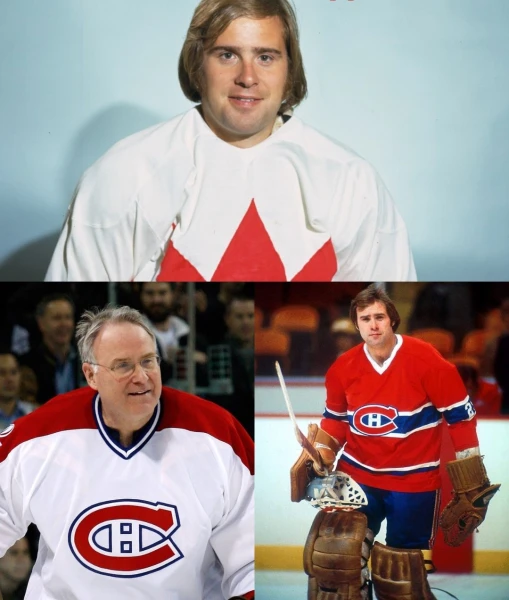
The first hockey super series took place in September 1972.
On January 1, 1973, the American publisher Little, Brown released the book Face-Off at the Summit - there is currently a copy of the very first edition, in hardcover, available on Canadian Amazon for nearly eight hundred dollars.
In the USSR, the book would be translated a couple of years later and published under the title "Hockey at the Highest Level."
Hockey is not the biggest industry, and while there seems to be no shortage of reading material, still...
In football, there are canonical works that are, in a sense, mandatory for anyone genuinely interested in the game - for example, Johan Cruyff's "My Life." In hockey, there is nothing similar. However, there is one book that is a must-read. It is Ken Dryden's book, his diary from August-September 1972, the moment of the meeting with the USSR national team. There are several reasons for this.
An Honest Foreword by Boris Kulagin
The foreword to the Russian version was written by Boris Kulagin, the senior coach of the USSR national team, and assistant to Bobrov during the Super Series '72.
Among other things, the question arises: "Could we have won the second part of the series in 1972?" Kulagin's text does not read like a routine comment or a standard response in the spirit of "we are preparing for the next match." This answer stretches over many pages and resembles a coach's essay, starting with reflections on the first match of the Super Series and flowing through the advantages of Soviet hockey, yes, to the problems.
Essentially, it is an extended remote response from a Soviet hockey professional to a Canadian professional, addressed to our internal reader: clarifying some positions of the author, reflecting on the series, the differences between the schools, and the path of further development.
Here is how Kulagin delves into the skills of physical confrontation among our players and Canadians: "The second feature of physical confrontation by professionals is that after executing a physical maneuver and gaining possession of the puck, a Canadian seemingly forgets about the defeated opponent. He does not look back - the deed is done. Our players feel at ease only after breaking away by a meter or two."
Intervention of the Prime Minister
The main part of the book is Dryden's diary, which virtually accompanied him in September 1972. So, it is not a memoir with a bronze patina nor some biased work, but practically working notes. "My wife and I enjoyed a late breakfast in a Viennese café" - this is about the moment of being called up to the Canadian national team. Everyday life intersects with names, and the spirit of the era is felt much more diversely.
The key pre-match drama for the Canadian team in 1972 is the plot of the exclusion of four Canadian players from the WHA (among them - Bobby Hull). Dryden recounts the history of the issue in detail and from various angles. "Even Prime Minister Pierre Trudeau was forced to intervene, stating that these four hockey players must undoubtedly represent Canada in the games against the USSR."
Myths and Reality
Canada's passion for hockey seems like a myth to us, and throughout Dryden's book, there are strokes that give an understanding of the scale.
Even if divided by two, it is still impressive.
"Results of annual viewer surveys show that the number one television program is the Saturday show 'Hockey Night in Canada.' The number two program turns out to be the same 'Hockey Night,' but broadcast on Wednesdays."
Dryden's diary clearly indicates that the difference in team preparation is not a myth at all. The Canadians returned from vacation much later, and Ken himself felt completely out of shape even on August 19, a couple of weeks before the start of the series.
Ken even mentions a journalist's opinion, who, based on the difference in physical preparation (the Soviet national team has an obvious advantage here, in his opinion), suggested that the series would end with a score of 6-2 in favor of the USSR.
Of course, the book is a source of amusing myths about mysterious aliens from the USSR, every second of whom is a spy, and every third is an incredible scientist.
Evaluation of Soviet Hockey Stars from the Outside
A detailed vivid example that allows not only to assess Dryden's impression of the training of the USSR national team in Montreal but also to better understand how our team trained.
"A little warm-up? For ninety minutes, all twenty-seven Russian hockey players did not sit down for a second, performing complex exercises that most Canadians saw for the first time. The Russians mainly practice game situations and conduct scrimmages. They do not indulge in countless and not very meaningful shots on goal, which many Canadian teams are guilty of during their training."
A chance to get to know our stars better, whom Dryden observed from the sidelines in real-time.
Tretiak: "He flopped onto the ice and, without using his hands, sprang back to his feet - and did so eight or ten times."
Yakushev: "Tall, plays left wing, and skates like Bobby Orr and Frank Mahovlich combined." Anisin, Lebedev, and Bodunov: "The young Russian players made a very good impression on me. They seem to be products of the modern Soviet hockey school, as they shoot on goal significantly more often and harder than their older partners."
Maltsev: "He is not only a classic center but also an excellent conductor and dribbler. After the Russians scored five or six goals, he winked at me as he skated behind the net. It was just a benevolent smile."
Circumstances and analysis of the legendary 3:7 - and through this, a transition to the difference in systems. From our side, we heard a lot about underestimation, about the onslaught of the first minutes, and so on.
Dryden provides perspective: "We were ready for conducting scrimmage training matches, maybe even for early NHL season games, when other players are in similarly poor shape. But we poorly prepared for matches against a team that skates excellently and is always in great shape."
Conflict with the Police and Canadian Madmen
The drama of the last match from the perspective of a direct participant. Let me remind you: this is where Parise threatened to kill the referee, this is where the Canadians came back from 3:5, this is where their representative Iglson clashed with the Moscow police.
"The police surrounded Iglson, took him by the arms, and began to escort him out of the hall. The first to notice this was Peter Mahovlich. Waving his stick, he rushed to the boards, followed by eighteen other hockey players, Sinden, Ferguson, trainers, and a couple of guys who did not participate in this game. Someone climbed over the boards and pulled Iglson from the police's grasp. Surrounding Ala, they then headed across the ice to our bench."
Yes, it is important to mention that there were Canadians in the stands at Luzhniki - several thousand made it to Moscow to outshout the rather inert local audience (it seems we were not letting fans in, but rather those on special lists). And these rare Canadian madmen witnessed history.
An amazing final touch: back home, the Canadians faced what they were criticized for in the Soviet press - controversial methods, headshots, knee strikes, the injured Kharlamov, and so on. "The authors of many articles believed that we had disgraced our country.
In their letters to the newspaper editors, prominent figures condemned our behavior across the ocean. Renowned neurosurgeon Dr. Penfield stated that he did not know how he would look his Moscow colleagues in the eye at the next neurosurgeons' meeting in Moscow.

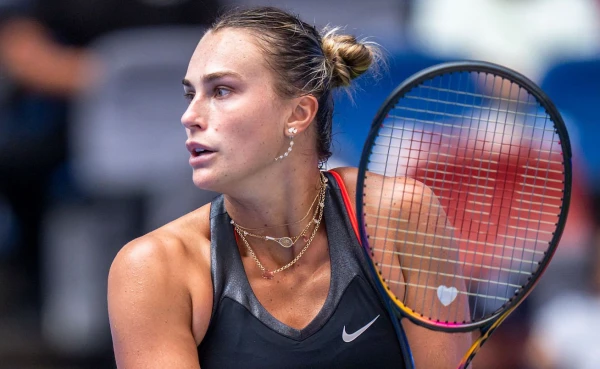
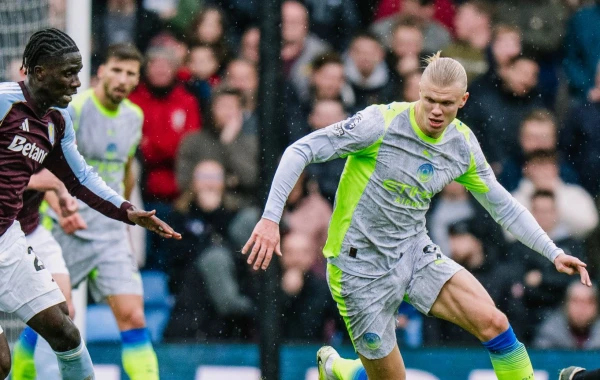
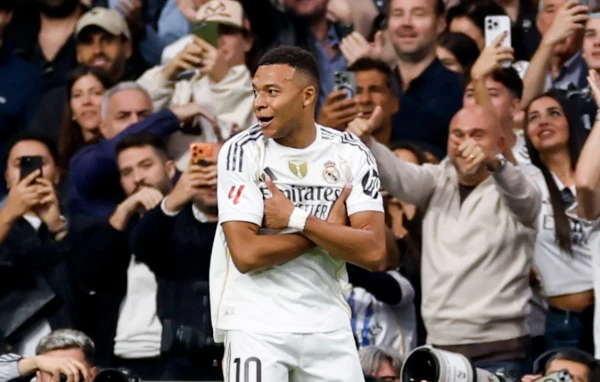
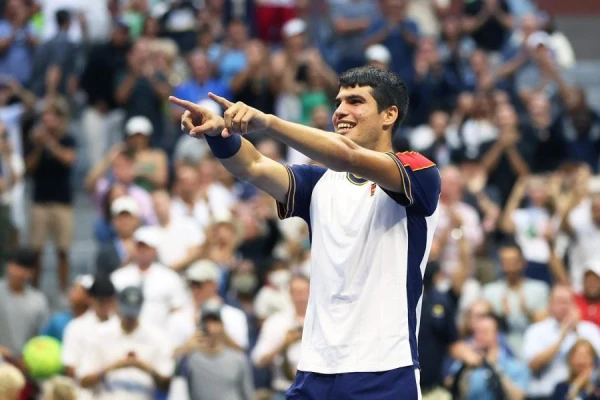
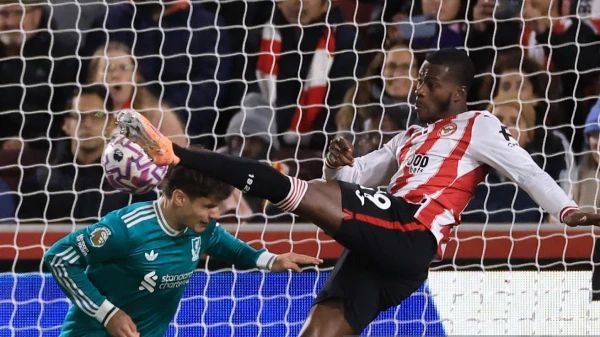
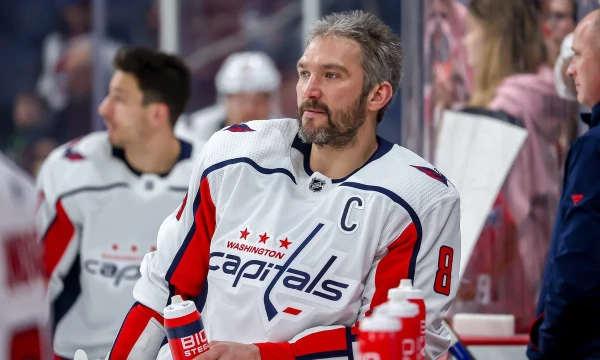
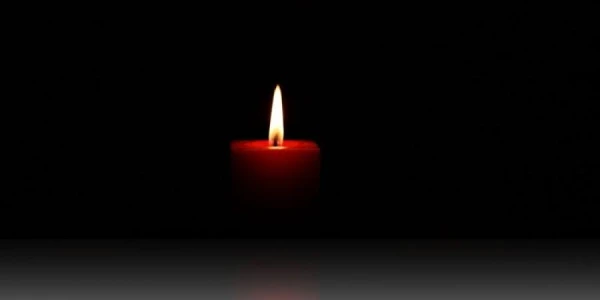
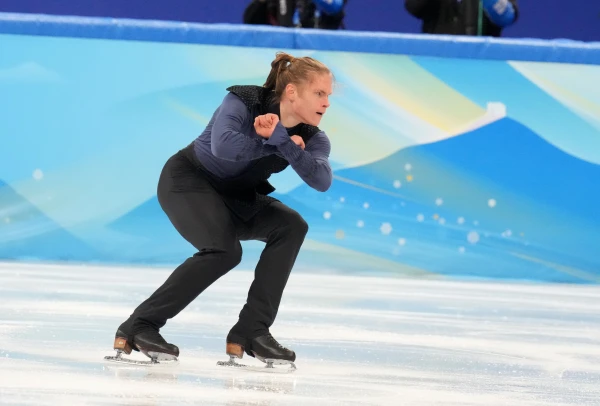
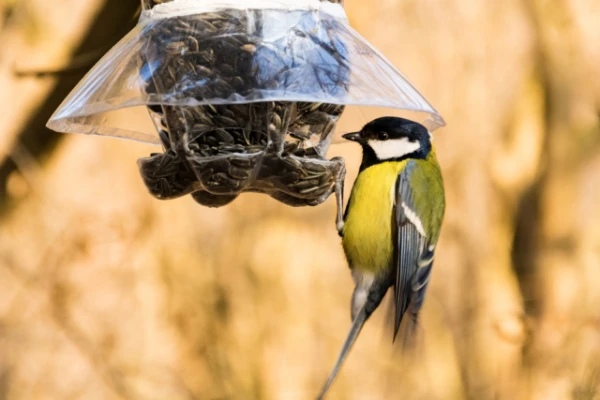

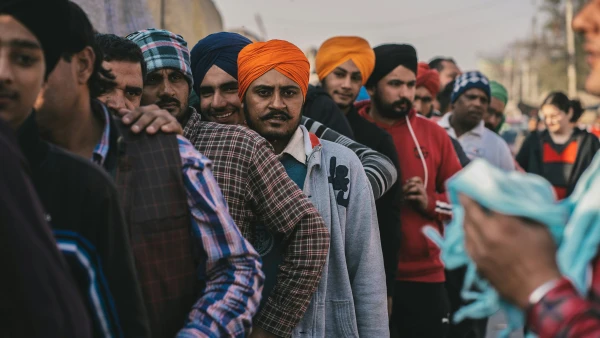
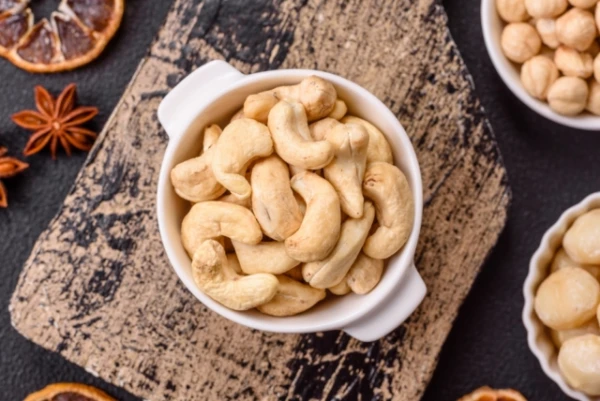


Leave a comment